Observing the Cosmos and Envisaging the Apocalypse
‘The Last Cosmology’ is an idea, a perspective orientated towards the sky, and a theory supported by photographer Kikuji Kawada.
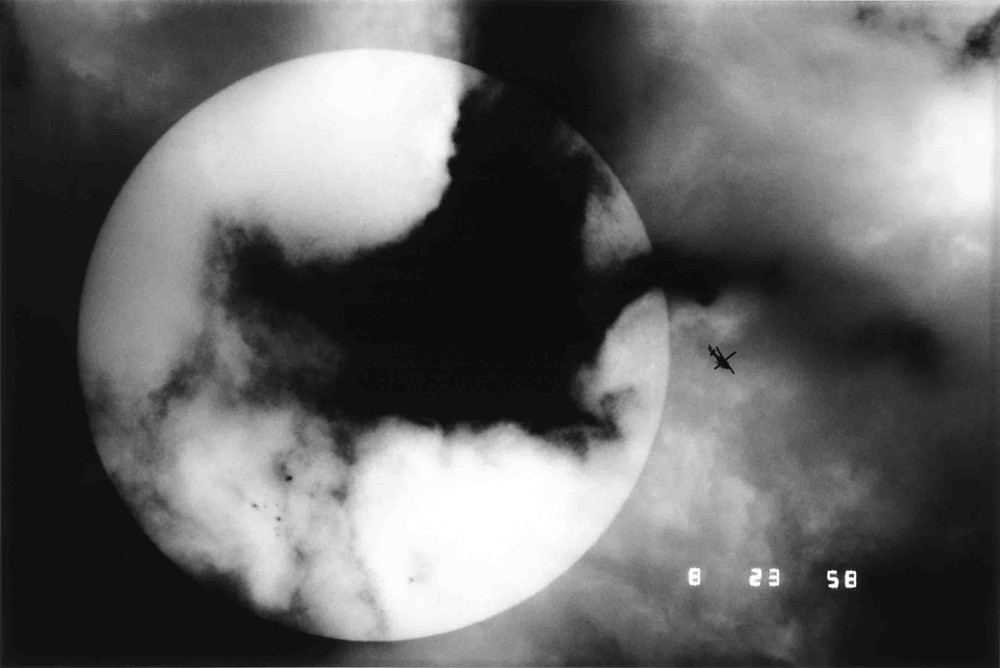
© Kikuji Kawada
‘I was born at the beginning of the Showa era. During my childhood there was a great war, then I lived [through] the period of reconstruction and growth and now I am slowly approaching the end of life.’ These words spoken by photographer Kikuji Kawa, born in 1933, accompany the collection of his work produced between 1980 and 2000, compiled in 2015 by London-based publisher MACK.
Originally from Ibaraki Prefecture, Kikuji Kawada co-founded the renowned collective VIVO in 1959 alongside Eikoh Hosoe, Ikko Narahara, Akira Sato, Akira Tanno, and Shomei Tomatsu. In 1974, his work was presented at MoMA in New York as part of the New Japanese Photography exhibition. As another acknowledgement of the importance of his work, he was recognised by the Photographic Society of Japan in 2011.
Questioning the sky
Struck by illness from childhood, the artist navigates through a state where the barriers between dreams and reality are blurred. This period led him to develop a passion for observing the Tokyo skies, with the aid of a refracting telescope. Kikuji Kawada’s work rests on an ancient belief that states that events in humanity are linked to astrological phenomena, particularly in the context of the late Showa period with the death of the Japanese Emperor. In ‘his’ post-apocalyptic universe, chaos affects the cosmos through lunar eclipses and solar storms, and the Earth through extreme weather phenomena. It intersects them.
As explained in the presentation text for this work at the Michael Hoppen Gallery, the artist is fascinated by ‘the firmament.’ Inspired by painter Emil Nolde’s apocalyptic celestial landscapes, he describes his approach as follows: ‘I imagine the era and myself as an implicitly intermingling catastrophe and I want to spy on the depths of a multihued heart that is like a Karman vortex.’
The artist, who has sought throughout his life to photograph Halley’s comet, in vain, examines the sky in order to respond to the feeling of the collapse of the Earth, and looks for answers, for truth. Kikuji Kawada’s work questions how the cosmos can help us to decipher terrestrial phenomena, and encourages the public to reflect more widely on the human condition and our own place in the world.
In a different subject area, the artist’s first book, Chizu (1965)—reissued in 2014 by Akio Nagasawa—published twenty years after the Hiroshima bombing, documents the repercussions of the atomic bomb and war in Japan, particularly the invisible, imperceptible aspects of this violence.
The Last Cosmology (2015), a collection of photographs by Kikuji Kawada, is published by MACK.
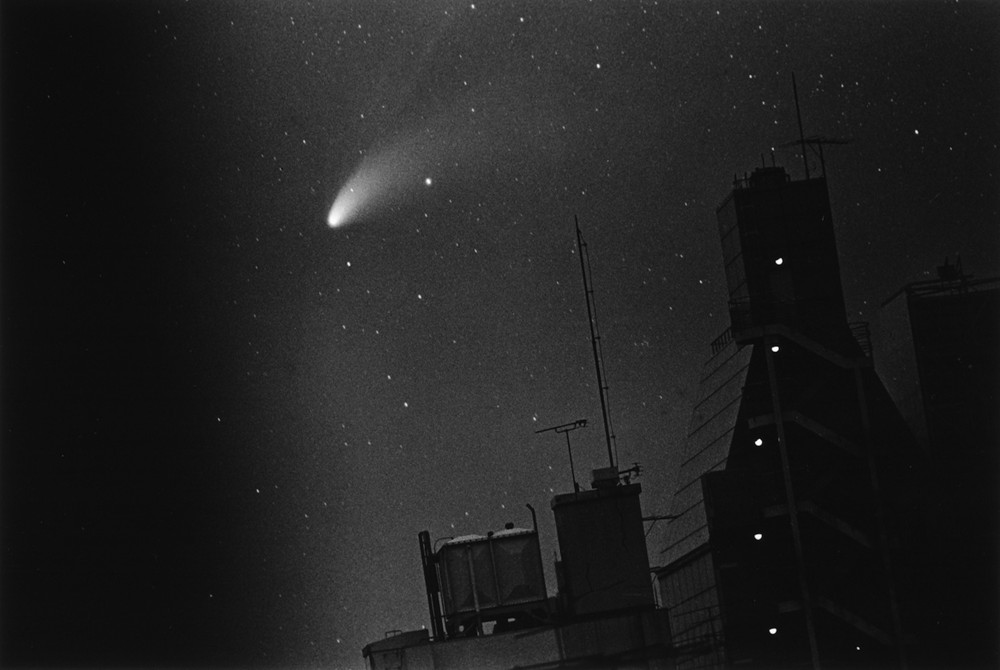
© Kikuji Kawada
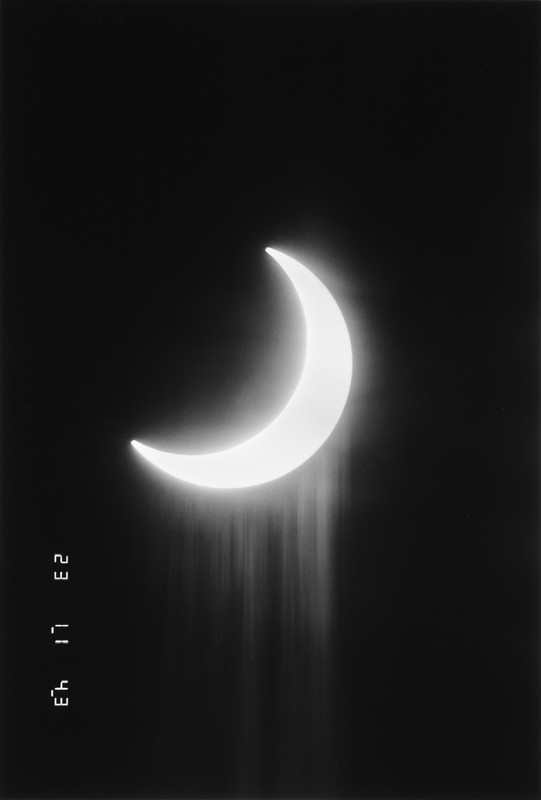
© Kikuji Kawada
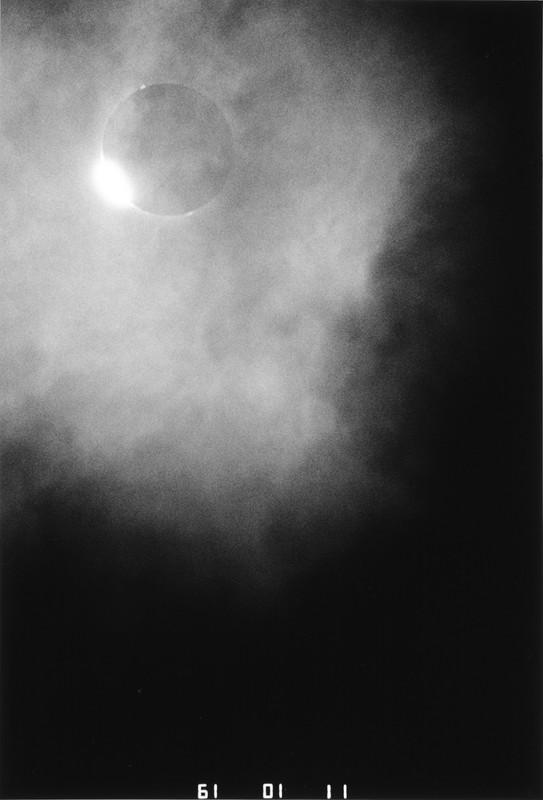
© Kikuji Kawada
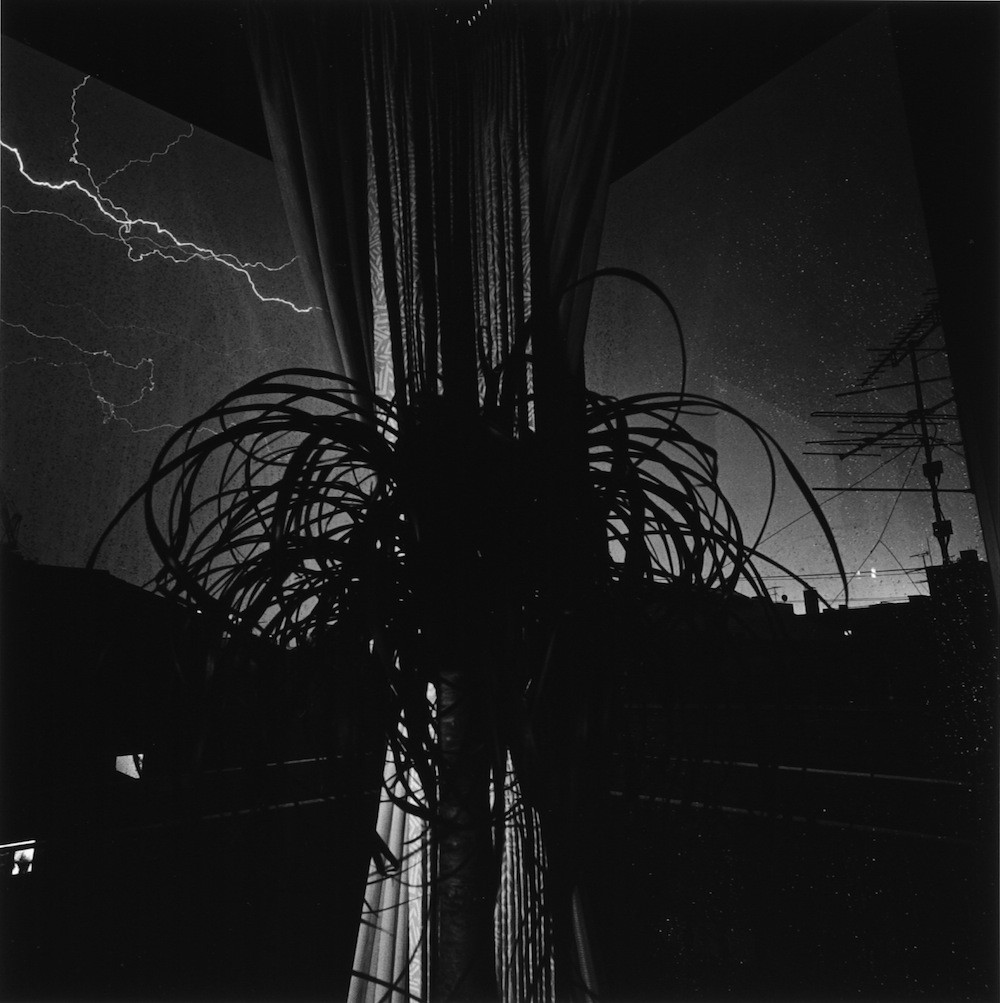
© Kikuji Kawada
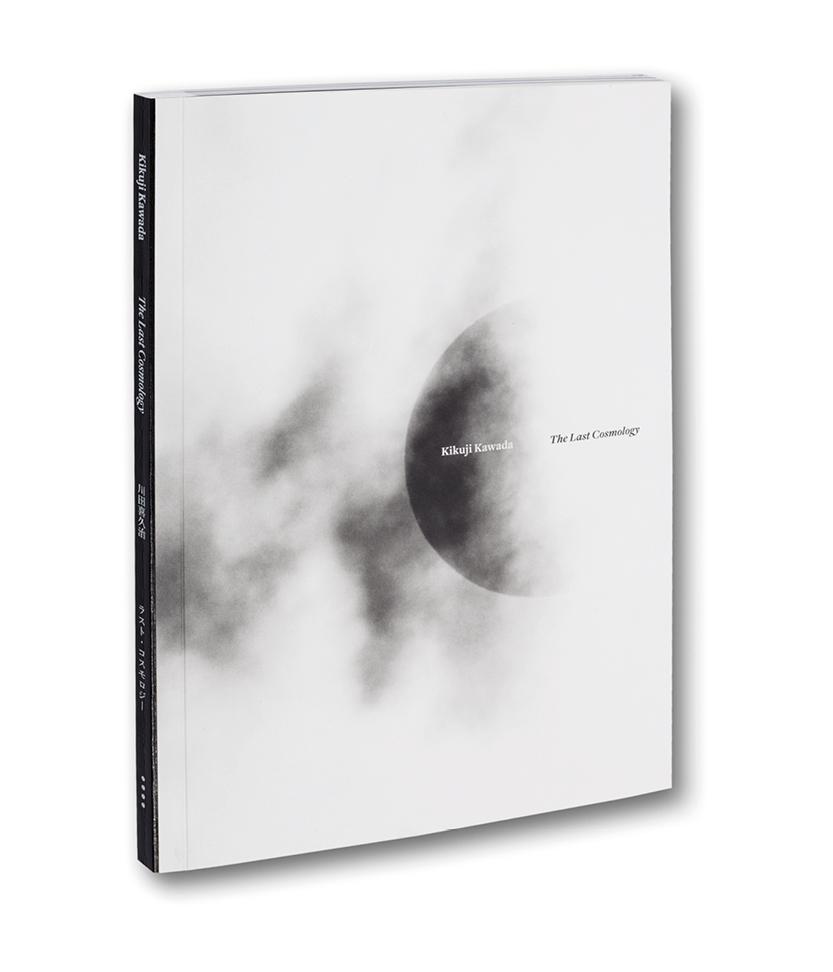
© MACK
TRENDING
-
A House from the Taisho Era Reveals Its Secrets
While visiting an abandoned building, Hamish Campbell discovered photographs the owner had taken of the place in the 1920s.

-
The Taboo-Breaking Erotica of Toshio Saeki
The master of the 1970s Japanese avant-garde reimagined his most iconic artworks for a limited box set with silkscreen artist Fumie Taniyama.

-
With Meisa Fujishiro, Tokyo's Nudes Stand Tall
In the series 'Sketches of Tokyo', the photographer revisits the genre by bringing it face to face with the capital's architecture.

-
Masahisa Fukase's Family Portraits
In his series ‘Family’, the photographer compiles surprising photos in which he questions death, the inescapable.

-
Hajime Sorayama's Futuristic Eroticism
The illustrator is the pioneer for a form of hyperrealism that combines sensuality and technology and depicts sexualised robots.





